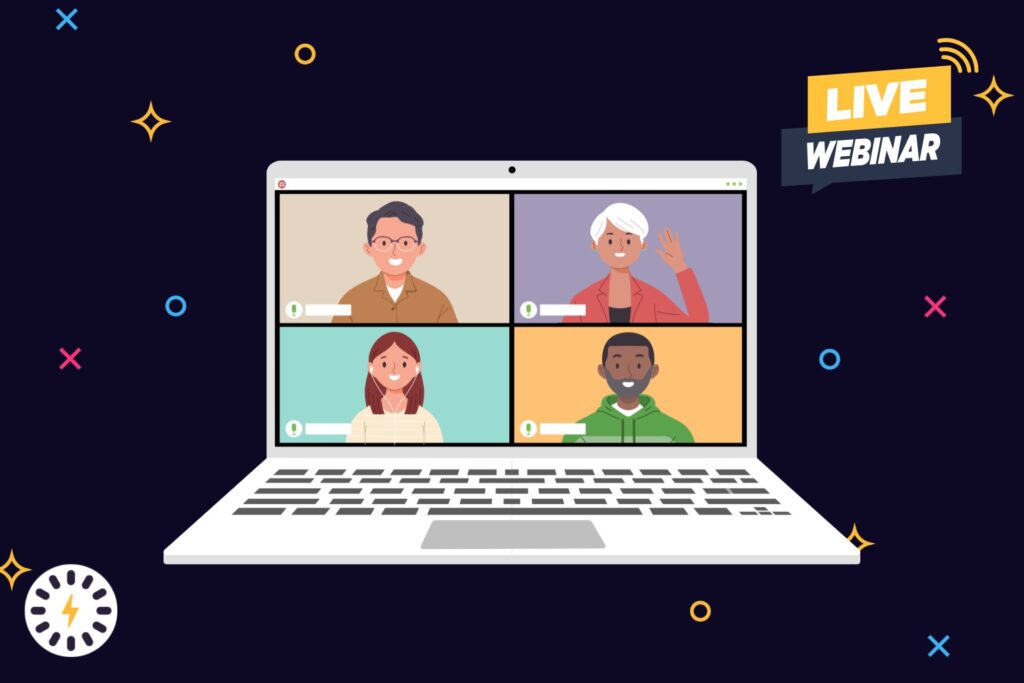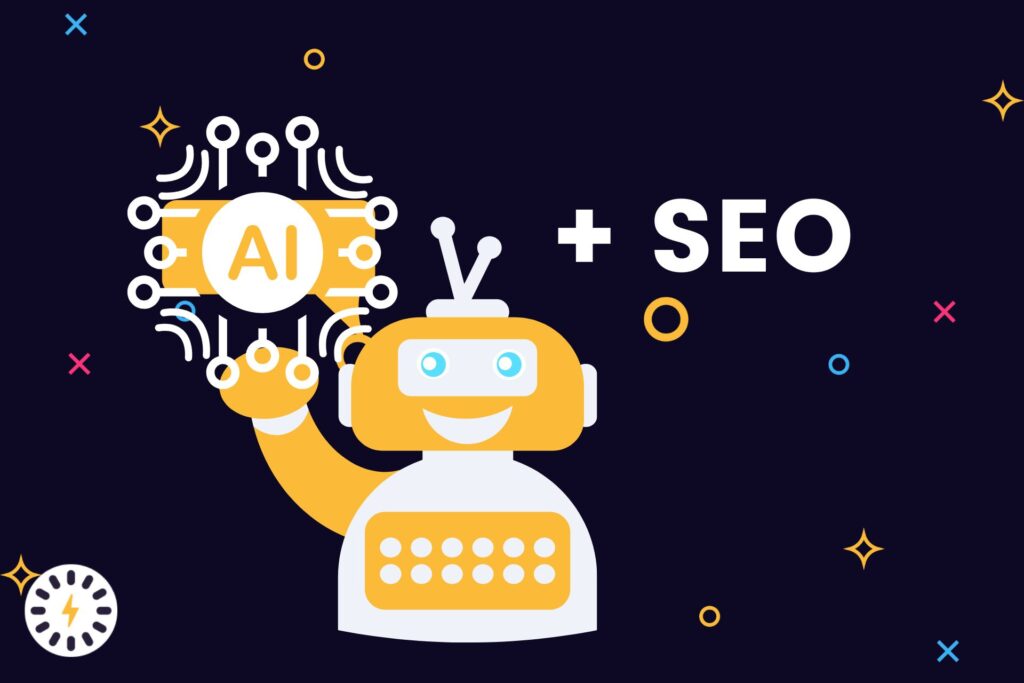Writing effective marketing content is no longer just about catchy headlines or convincing people to take action. These days, people want clear, useful and easy-to-access information that adds value at every level.
If you work in the marketing world, you need to make sure that your content is both easy to understand and effective in getting people to do what you want.
In this blog post, we're going to look at practical ways to improve your marketing content so that it grabs people's attention and gets better results. So, let's get down to business, shall we?
Why easy-to-read content is important in marketing
Easy-to-read content means that your audience can understand and identify with what you're saying. Even the most creative message won't be effective if the people you're trying to reach can't see the value you're offering. When your content is easy to read, it :
- Reaches a wider audience: easy-to-understand content attracts different groups, including non-native English speakers and those new to the subject.
- Engage more people: visitors tend to spend more time on your page if they can grasp your message without being confused.
- Leads to more conversions: a clear call to action (CTA) works best when it's part of easy-to-understand content.
The basic elements of readable marketing content
Having understood the importance of highly readable content in marketing, it's time we understood the building blocks of this craft.
Clear, simple words with no loss of authority
Using everyday words to explain complex ideas can get you much further in the marketing world than other tactics or strategies. Too much fancy talk can turn customers off.
For best results, try to use a professional yet friendly tone. For example, instead of "Our platform simplifies the iterative testing process", write "Our tool makes testing faster and easier". See the difference?
Spacing text to create scannable formatting
Large chunks of text can be difficult to read. Use bullets, short paragraphs and subheadings to organize what you say. These elements break up the text and make it easier to understand what you're saying.
Visuals to back up the words
Visual elements such as infographics, graphics and images not only make your content more attractive: they also help explain tricky concepts.
A good image can show what several paragraphs of text cannot. So always try to include them in your marketing content as soon as possible.
Engaging calls to action for conversions
People need guidance after reading your content. Whether you say "Sign up now", "Get the guide" or "Discover our free tool", make sure your CTAs stand out and match the purpose of your content.
All these elements make up a highly readable and easily digitizable text for the public, which attracts their attention and leads to more conversions.
How to optimize content to convert
Learning the basics of good quality marketing content is usually a reasonable starting point for many people wishing to improve their content. However, it's necessary to take a closer look at how you can optimize your content for better advice.
Understanding your target audience
Do your homework to find out what bothers your audience, what they like and how they act. Create customer profiles to shape your message appropriately. Talk about their difficulties and show how what you offer solves their specific problems.
Use emotions to connect
Emotional stories and words can strengthen the bond with your readers. Whether you're making them feel rushed, special or understood, emotions can help turn readers into customers.
Make it easy to find without spoiling the reading experience
For your marketing content to be optimized for search, you need to research primary, secondary and long-tail keywords relevant to your niche. Then integrate them into your marketing content in a well-informed way.
Use keyword exploration tools such as SEMrush to make your job easier. You can also carry out an in-depth analysis of your competitors to see which key terms others are using to rank.
But be sure to balance keywords with quality, value-added content. Although keywords are important, cramming them into your text can make the writing clumsy and unreadable.
Place primary and secondary SEO keywords in sensible places, such as headings and subheadings, but sparingly within the main text. This strikes a balance between search engine visibility and a fluid reader experience.
Ensure your message is consistent across all channels
Your content should sound the same on landing pages, e-mails and social network posts. This builds trust and makes it easier for your audience to switch from one platform to another.
Achieving tonal consistency in your content requires a great deal of writing experience, patience and trial and error. But doing it all manually is no longer a good idea.
Using an online tool
Even if you have a solid foundation, you can always refine your content to achieve better results. Tools such as Editpad Text reformulation can help you make your writing clearer and more diverse, with a minimum of effort.
- How it works : The tool rewrites sentences while preserving the main idea. This simplifies complicated language and adds variety to your content.
- Why it's convenient: Your first attempt at creating marketing content can sometimes seem repetitive or confusing. Using a reformulation tool allows you to refine your ideas without having to start from scratch.
For example, a sentence like "Our solution impacts operational productivity through data-driven insights" might change to "Our tool uses data-driven insights to improve the way your business operates." Such subtle changes can help more people understand what you're trying to convey.
Monitor progress and make adjustments for improvement
It's useful to create and optimize marketing content for better readability. However, what's more important is how you track the progress of your current publications and adjust modifications to achieve even better results.
- Track important indicators: Keep an eye on indicators such as bounce rates, time spent on page and conversion rates to assess the performance of your content. Tools such as Google Analytics and Hotjar can provide you with useful information about user behavior.
- A/B tests : try out different headlines, CTAs and layouts to find out what appeals to your audience. A/B testing allows you to improve your content based on facts rather than assumptions.
- Ask for comments : don't hesitate to ask your audience what they think of your content. Use polls or comment sections to find out what they like and don't like about your work.
- Stay informed: marketing trends evolve. Update your content to reflect changes in your industry and the expectations of your audience.
Last words
When it comes to marketing, easy-to-read and engaging content is very important. It helps you reach more people, generate more engagement and get more conversions.
Marketers can ensure that their message reaches readers by using clear language, readable formatting, visuals and an attractive call to action.
They can also track metrics such as bounce rate, perform A/B testing on content and obtain audience feedback to continually improve their marketing results.





